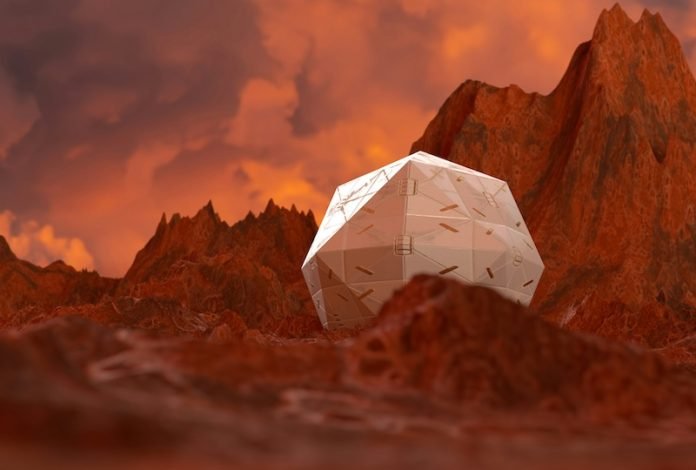
Scientists are taking important steps towards a future where astronauts can extract essential materials directly from the dust of the moon and Mars.
This breakthrough is vital for long-term missions in space, making the dream of exploring deeper into our solar system more achievable.
In the heart of this innovation is the use of advanced technologies like machine learning and computational modeling.
Researchers have identified a handful of special liquid salts, known as ionic liquids, that have the potential to pull out necessary materials for 3D printing directly from extraterrestrial soil.
These materials are crucial for building structures, tools, and other parts needed for space exploration.
Soumik Banerjee, an associate professor at Washington State University, plays a key role in this research.
Funded by NASA as part of its Artemis mission, which aims to return humans to the moon and eventually send them to Mars and beyond, Banerjee’s work focuses on finding environmentally friendly and energy-efficient ways to utilize resources in space.
This approach is essential because it would significantly reduce the need to transport heavy loads of materials from Earth, making space missions more sustainable.
Ionic liquids are at the core of Banerjee’s research. Unlike water, which is scarce on the moon, these liquid salts could be a practical solution for mining in space.
They are capable of dissolving lunar and Martian soil to extract important elements like aluminum, magnesium, and iron. These elements are then used in 3D printing to create what astronauts need on their missions.
Moreover, these ionic liquids have the potential to regenerate themselves and possibly produce oxygen or water as by-products, which would be invaluable for life support in space.
However, testing each ionic liquid to find the most effective ones is a challenging task. It’s not only costly but also takes a lot of time. To overcome this hurdle, the team turned to machine learning and atomic-level modeling.
This approach allowed them to sift through hundreds of thousands of candidates quickly, focusing on those with the best potential for digesting extraterrestrial materials.
They considered several factors, such as the size of the molecular ions, their surface charge density, and their mobility within the liquids.
From this rigorous selection process, the researchers pinpointed about half a dozen ionic liquids that showed great promise. Collaborating with the University of Colorado, they are now in the early stages of testing a few selected liquids in the laboratory.
The goal is to eventually move to larger-scale testing with materials that mimic lunar soil, inching closer to making space mining a reality.
This research not only opens new avenues for space exploration but also highlights the importance of sustainable practices in extraterrestrial environments.
With the potential to significantly reduce the amount of material that needs to be transported from Earth, this approach could make long-term missions more feasible and less expensive.
The journey towards sustainable space travel is just beginning, and with each discovery, we’re getting closer to turning science fiction into science fact.
The research findings can be found in the Journal of Physical Chemistry B.
Copyright © 2024 Knowridge Science Report. All rights reserved.



